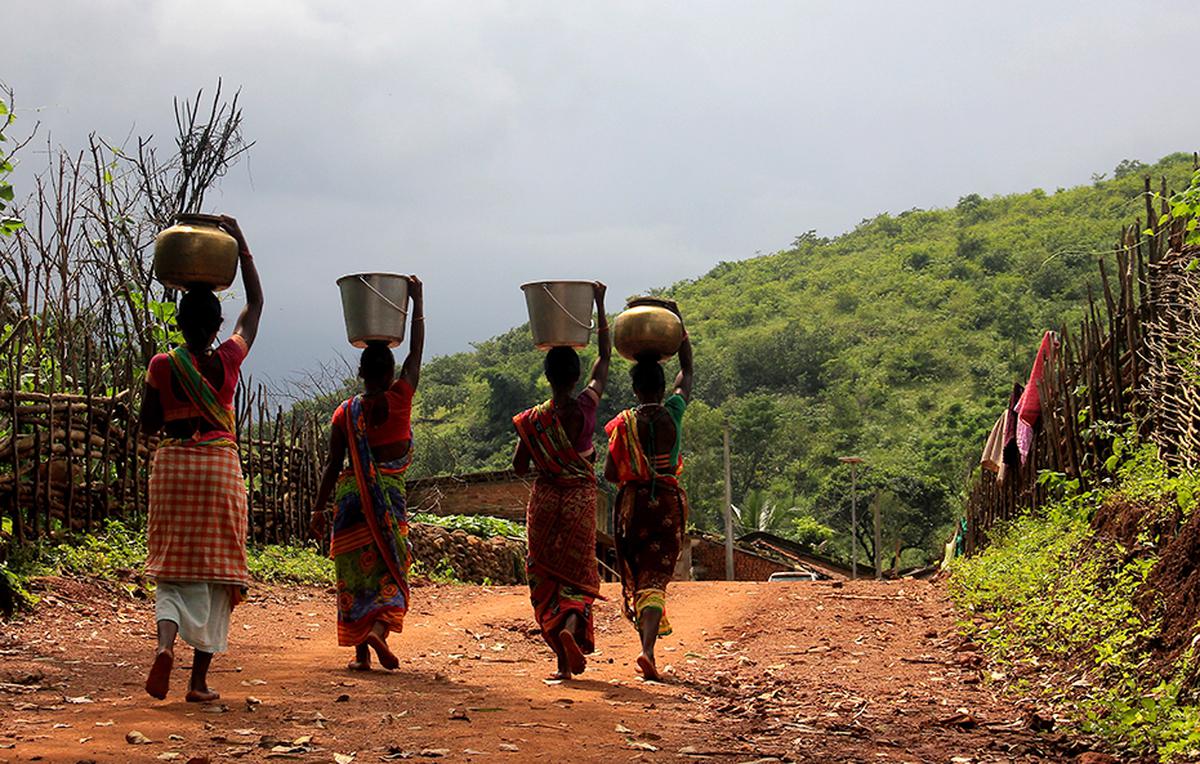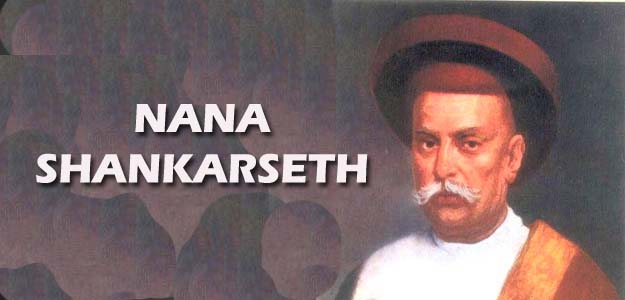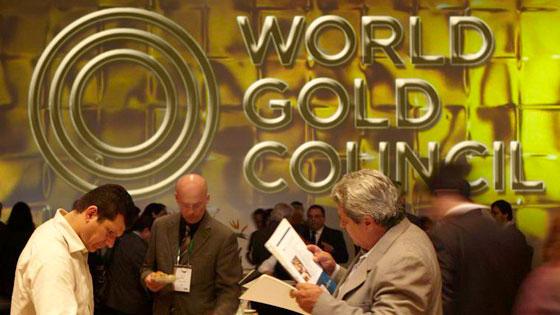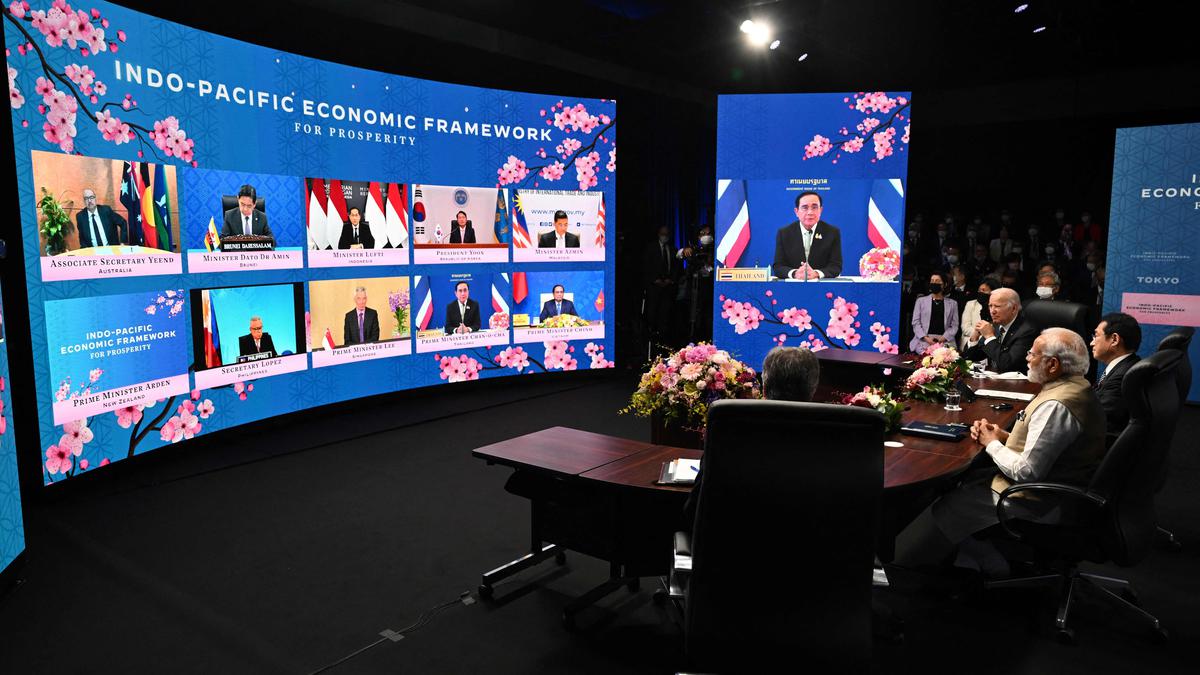Current Affairs – 15 March 2024
Human Development Index
India has moved up a rank on the global Human Development Index (HDI), according to the United Nations Development Programme (UNDP) report ‘Breaking the gridlock: Reimagining cooperation in a polarised world’.

About Human Development Index:
- It is a summary composite measure of a country’s average achievements in three basic aspects of human development: health, knowledge and standard of living.
- It is a measure of a country’s average achievements in three dimensions of human development:
- a long and healthy life, as measured by life expectancy at birth;
- knowledge, as measured by mean years of schooling and expected years of schooling; and
- a decent standard of living, as measured by GNI per capita in PPP terms in US$.
- This is expressed as a value between 0 and 1. The higher a country’s human development, the higher its HDI value. The HDI is the geometric mean of normalized indices for each of the three dimensions.
- The HDI also embodies Amartya Sen’s “capabilities” approach to understand human well-being, which emphasizes the importance of ends (like a decent standard of living) over means (like income per capita).
- Since 1990, the United Nations Development Programme (UNDP) has been publishing the Human Development Report every year.
Highlights of the recent report
- The report stated that while India ranked 135 in 2021, it had moved up to 134 in 2022. A total of 193 countries were ranked in 2022 and 191 countries in 2021.
- In 2022, India saw improvements across all HDI indicators – life expectancy, education and Gross National Income (GNI) per capita.
- Life expectancy rose from 67.2 to 67.7 years, expected years of schooling reached 12.6, mean years of schooling increased to 6.57 and GNI per capita saw an increase from $6,542 to $6,951.
- While the country has moved up in 2022, it is still behind its South Asian neighbours, such as Bangladesh (129th), Bhutan (125th), Sri Lanka (78th) and China (75th).
Criminal Case Management System
Union Home Minister and Minister of Cooperation virtually inaugurated a unique digital Criminal Case Management System (CCMS) and also launches a mobile app ‘Sankalan.

About Criminal Case Management System:
- It has been developed by designed by the National Investigation Agency (NIA). It will enable the NIA personnel to better coordinate in terrorism and organized crime cases, thereby improving justice delivery.
- It is a user-friendly and easy-to-deploy, customizable, browser-based software to help the State Police forces in their investigations and prosecution.
- It would not only bring standardisation into investigations but also enable easy and streamlined compilation of terror-related data across the country.
What is Sankalan app?
- It has been designed for navigating through new criminal laws as a bridge between old and new criminal laws. This app will work as a comprehensive guide for all stakeholders.
- It will work in offline mode as well and its availability has been ensured in far-flung areas so that all stakeholders can have access to desired information around the clock.
Darien Gap
The treacherous Darien Gap route that spans parts of Central and South America has seen an increasing number of people attempting to pass on their way to claiming asylum in the US.

About Darien Gap:
- It is a stretch of densely forested jungle across northern Colombia and southern Panama. Roughly 60 miles (97 kilometres) across, the terrain is muddy, wet and unstable.
- It has become a major route for global human migration. It is the geographic region of the easternmost Isthmus of Panama that extends into northwestern Colombia, around the Gulf of Urabá (a section of the Gulf of Darién).
- It forms the physiographic link between Central and South America. A hot, humid area typified by tropical rainforests, mangrove swamps, and low mountain ranges with cloud forest vegetation, Darién has always been sparsely populated.
Key facts about Isthmus of Panama
- It links Central and South America. It borders Costa Rica to the west, Colombia to the southeast, the Caribbean Sea to the north, and the Pacific Ocean to the south.
- This strategic position allows it to be a natural conduit for international maritime trade, especially through the well-known Panama Canal.
Contract Labour (Regulation and Abolition) Act, 1970
The Supreme Court recently observed that the workers employed to perform perennial/permanent nature of work couldn’t be treated as contract workers under the Contract Labour (Regulation & Abolition) Act, 1970 to deny them the benefit of regularization of a job.

What is Contract Labour?
- A workman is deemed to be employed as contract labour when he is hired in connection with the work of an establishment by or through a contractor. They are indirect employees.
- Contract labour differs from direct labour in terms of the employment relationship with the establishment and method of wage payment. Contract labour, by and large, is not borne on pay roll nor is paid directly.
- The contract workers are hired, supervised and remunerated by the contractor, who in turn, is remunerated by the establishment hiring the services of the contractor.
- A contractor is a person who takes over the responsibility to produce a given result for the establishment, other than a supply of goods or services of manufacture to such establishment, through contract labour or the person who provides contract labour for any work of the establishment and includes a sub-contractor.
About Contract Labour (Regulation and Abolition) Act, 1970:
- This act has been enacted to regulate the employment of contract labour in certain establishments, and to provide for its abolition in certain circumstances, and for matters connected therewith.
- It aims to prevent the exploitation of contract labour and also introduce better conditions of work. It extends to the whole of India.
- Applicability:
- To any establishment in which twenty or more workmen are employed on any day of the of the accounting year as contract labour.
- To any contractor who employs or who employs twenty or more workers on any day of the accounting year.
- Also, it does not apply to the establishments if any work is performed in the intermittent nature.
- It does not apply to establishments situated in the special economic zone (SEZ).
- Salient Features of the Act:
- Every establishment which proposes to employ contract workers for its work is required to obtain a certificate of registration from the appropriate Government.
- Every contractor who has employed twenty or more workers on any day of the month has to obtain a license for engaging contract labour working for any establishment.
- The granted licence will be valid for the specified period and may be renewed from time to time.
- Payment of Wages:
- It is the responsibility of the contractor to pay the required wages to each worker employed under contract labour before the expiry of the stipulated period.
- If the contractor fails to make the payment within the stipulated period, then the principal employer shall be liable to make the payment of wages in full or the unpaid balance due.
- The wages are to be fixed by the Commissioner of Labour.
- For contravention of the provisions of the Act or any rules made thereunder, the punishment is imprisonment for a maximum term upto 3 months and a
fine upto a maximum of Rs.1000/-. - The Act provides for the constitution of Central and State Advisory Boards to advise the concerned governments on matters arising out of the administration of the Act.
- The Central or State government after consultation with the appropriate advisory boards may prohibit the employment of contract labour in any process, operation or other work in any establishment.
Sagar Parikrama
The Union Minister for Fisheries, Animal Husbandry and Dairying will release a book and video on “Sagar Parikrama”.

About Sagar Parikrama:
- It is an outreach program intended to reach out fishermen community across the entire coastal belt of the country through a predetermined sea route.
- The initiative has been launched to understand the issues, experiences, and aspirations of fishermen and also to create awareness of various schemes and programs of the Government available to fishermen in coastal areas.
- Nodal Ministry: Ministry of Fisheries, Animal Husbandry and Dairying.
- The Sagar Parikrama Yatra spanned over 12 captivating phases in just 44 days. The Yatra meticulously navigated the diverse coastal tapestry of India, covering an impressive coastal length of 7,986 Kilometres out of 8,118 Kilometres, touching 3,071 fishing villages in 80 coastal districts of all the Coastal States/UTs.
- During the Sagar Parikrama events, certificates and sanctions related to the Pradhan Mantri Matsya Sampada Yojana (PMMSY) and Kisan Credit Card (KCC) were awarded to progressive fishermen, fish farmers, and young fishery entrepreneurs.
- Literature on various schemes, including PMMSY, KCC and others, was disseminated through print media, electronic media, videos, and digital campaigns to raise awareness among fishers.
Key Facts about India’s Fisheries Sector:
- India has a coastline of 8,118km, covering nine maritime states and four UTs and provides livelihood support to 2.8 million coastal fishermen.
- The country contributes 8% of the global share of fish production and is ranked third-largest fish producer in the world.
- The total fish production of India is 162.48 lakh tonnes (2021-22), of which 121.21 lakh tonnes are from inland and 41.27 lakh tonnes from marine, with exports of over Rs 57,586 crore contributing to about 17% of agriculture exports.
Nana Jagannath Shankarseth
The Maharashtra cabinet decided to ask the Ministry of Railways to rename Mumbai Central station after Nana Jagannath Shankarseth.

About Nana Jagannath Shankarseth:
- He was a social reformer, educationist and philanthropist is often described as the “architect” of Mumbai (then Bombay).
- He made extremely valuable contributions in terms of both ideas and money to multiple sectors, to lay a strong foundation for the city.
- He was greatly inspired by the legendary merchant and philanthropist Sir Jamsetjee Jeejeebhoy.
- He became the first Indian to be nominated to the Legislative Council of Bombay.
What are some of Shankarseth’s most significant contributions?
- Education:
- Shankarseth was deeply committed to the growth and spread of education in Bombay, and donated land owned by his family for educational institutions.
- He founded the Native School of Bombay, which was renamed first as the Bombay Native Institution, and then as the Board of Education.
- Finally, this institution evolved into the prestigious Elphinstone College.
- Museum, Temples:
- Shankarseth was among the wealthy donors who helped promote Dr Bhau Daji Lad Museum in Byculla, which was designed by a famous London-based architect.
- The Bhawani Shankar Temple near Nana Chowk was Shankarseth’s tribute to his late mother Bhawanibai Murkute.
- Railways
- The first train in India ran between Boribunder and Thane on April 16, 1853. The 34-km project undertaken by the Great Indian Peninsular Railway Company.
- The committee that gave the project impetus included Sir Jamsetjee Jeejeebhoy and Nana Shankarseth.
World Gold Council (WGC)
The Reserve Bank of India (RBI) bought 8.7 tonne of gold in January, making it the largest purchase by the central bank since July 2022, according to World Gold Council data.

About World Gold Council (WGC):
- It is the market development organisation for the gold industry. It is a nonprofit association formed in 1987 whose members comprise the world’s leading and most forward-thinking gold mining companies.
- It was established to promote the use of and demand for gold through marketing, research, and lobbying. It is also the global authority on gold, and they offer comprehensive analyses of the industry.
- Headquartered in London, with operations in India, China, Singapore, and the USA, the WGC covers the markets which comprise about three-quarters of the world’s annual gold consumption.
- It is an advocate for gold consumption. The WGC aims to maximize the industry’s potential growth by monitoring and defending existing gold consumption.
- It achieves this by setting up gold standards, proposing policies, ensuring fairness and sustainability in the gold mining industry and promoting the usage and demand for gold for individuals, industries, and institutions.
- It also co-sponsors research in the development of new uses for gold, or of new products containing gold.
- WGC was the creator of the first gold exchange-traded fund.
Indo-Pacific Economic Framework for Prosperity
Recently, the Union Minister of Commerce & Industry joined the Indo-Pacific Economic Framework for Prosperity (IPEF) Virtual Ministerial Meeting.

About Indo-Pacific Economic Framework for Prosperity:
- It is a regional arrangement to build cooperation and economic integration in the Indo-Pacific region. It was launched in May 2022.
- It is intended to advance resilience, sustainability, inclusiveness, economic growth, fairness and competitiveness for member economies.
- It will seek to complement and build on existing regional architecture and support the global rules-based trading system.
- Member countries: It has 14 regional partners – Australia, Brunei, Fiji, India, Indonesia, Japan, the Republic of Korea, Malaysia, New Zealand, the Philippines, Singapore, Thailand, the United States and Vietnam.
- The economic framework broadly rests on four pillars: Trade, Supply chain resilience, Clean Energy, Decarbonization, and Infrastructure Taxes and anti-corruption measures
- The IPEF is not a Free Trade Agreement (FTA), but it allows members to negotiate the parts they want to.
- India and IPEF:
- India has been actively participating in the IPEF, but not in all pillars.
- India has decided to opt out of the trade pillar of the IPEF as most issues promoted by the IPEF do not align with India’s trade policies.
National Mission for Edible Oils – Oil Palm (NMEO-OP)
Prime Minister recently inaugurated the first Oil Palm Processing Mill under Mission Palm Oil in Arunachal Pradesh.

About National Mission for Edible Oils – Oil Palm (NMEO-OP):
- Launched by the Government of India in August 2021, NMEO-OP targets a substantial increase in oil palm cultivation and crude palm oil production.
- It is a Centrally Sponsored Scheme with a special focus on the North east region and the Andaman and Nicobar Islands, with a focus on increasing the area and productivity of oilseeds and Oil Palm.
- Targets:
- To increase the area of oil palm to 10 lakh hectares from 3.5 lakh ha during 2019-20 by 2025-26 (an additional 6.50 lakh ha).
- To increase the Crude Palm Oil production from 0.27 lakh tonnes during 2019-20 to 11.20 lakh tonnes by 2025-26.
- Increase consumer awareness to maintain a consumption level of 19.00 kg/person/annum till 2025-26.
- The State Department of Agriculture, State Department of Horticulture, Central University, ICAR-Institutions, CDDs, SAUs, KVKs, Central Agencies/Cooperatives, Oil palm processors/ Associations, DD Kisan, AIR, DD, TV channels will be the implementing stake holders of the NMEO-Oil palm.
- Features: The salient features of NMEO-OP include assistance for planting material, inputs for intercropping upto gestation period of 4 years and for maintenance, establishment of seed gardens, nurseries, micro irrigation, bore well/pumpset/water harvesting structure, vermi compost units, solar pumps, harvesting tools, custom hiring centre cum harvester Groups, farmers and officers training, and for replanting of old oil palm gardens etc.
Oil Palm Production in India:
- Oil Palm (Elaeis guineensis), originated in West Africa is comparatively a new crop in India and has the highest vegetable oil yielding capability per ha.
- It produces two distinct oils, i.e., palm oil and palm kernel oil, which are used for culinary as well as industrial purposes.
- Andhra Pradesh, Telangana, and Kerala are major Oil palm-growing States and account for 98% of total production.
- Karnataka, Tamil Nadu, Odisha, Gujarat, and Mizoram also have sizable area under Oil palm cultivation.
|
Other Important News |
|
| Digital Criminal Case Management System (CCMS) | |
Union Home Minister has launched a unique Digital Criminal Case Management System (CCMS) Platform recently.
Sankalan App
|
|
| Personalities in News | |
Sheena Rani
Gyanesh Kumar & Sukhbir Singh Sandhu
|
|
| RBI’s Gold Imports | |
India has recently allowed RBI to import gold without paying import levies.
Agriculture Infrastructure and Development Cess (AIDC)
|
|
| Lamphelpat Lake | |
Lamphelpat Lake is now undergoing a remarkable revival under Lamphelpat Waterbody Project.
|
|
| Miassite (Rh17S15) | |
Scientists have recently identified the 1stunconventional superconductor, Miassite that can be found in mineral form in nature.
|
|
| Global Connectedness Report, 2024 | |
|
|
| Darien Gap | |
A record 520,000 people crossed the Darien Gap in 2023.
|
|
| Old-growth forests | |
Sweden has vast ‘old growth’ forests but they are being chopped down faster than the Amazon.
|
|
| Neonatal deaths | |
The recent report by United Nations Inter-agency Group for Child Mortality Estimation noted that the annual number of global under-5 deaths in 2022 declined by more than half.
United Nations Inter-agency Group for Child Mortality Estimation (UN IGME)
|
|
| Global Seed Vault | |
The Arctice World Archive that aims to preserve data for the world’s governments and private institutions is also located in Spitsbergen, Norway. |




